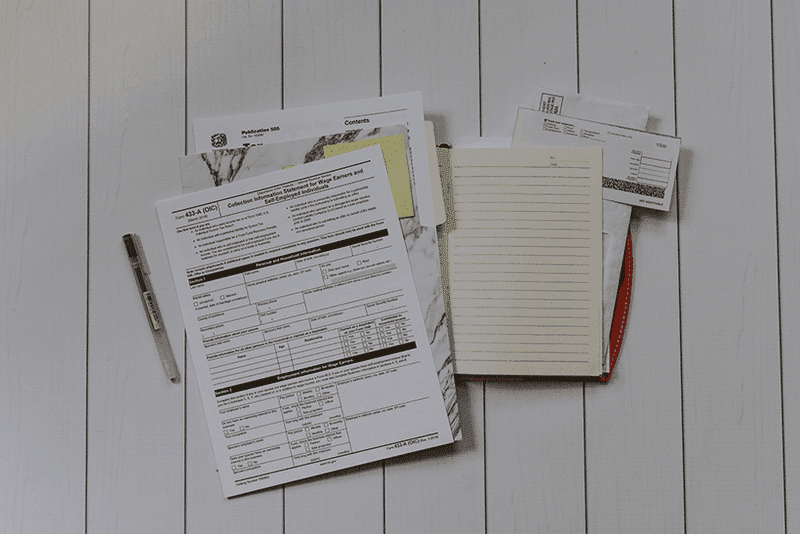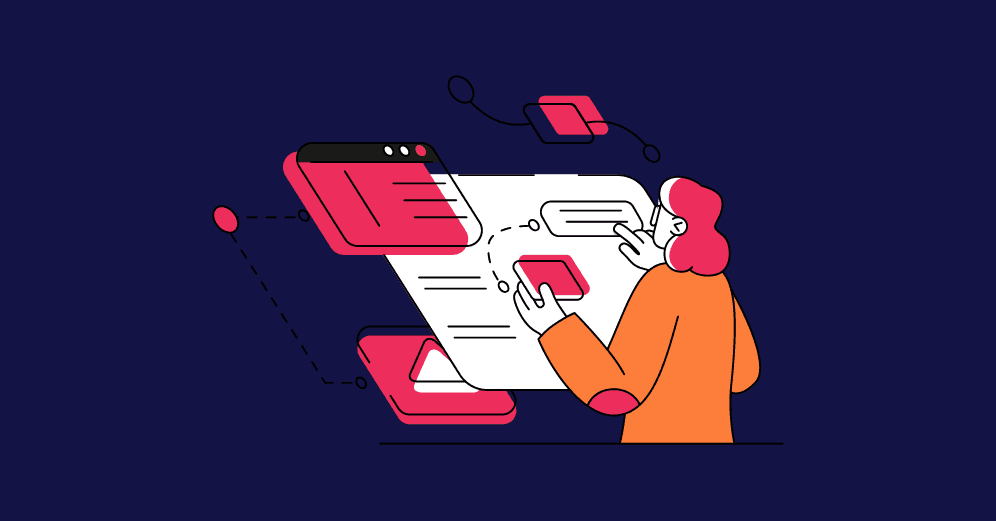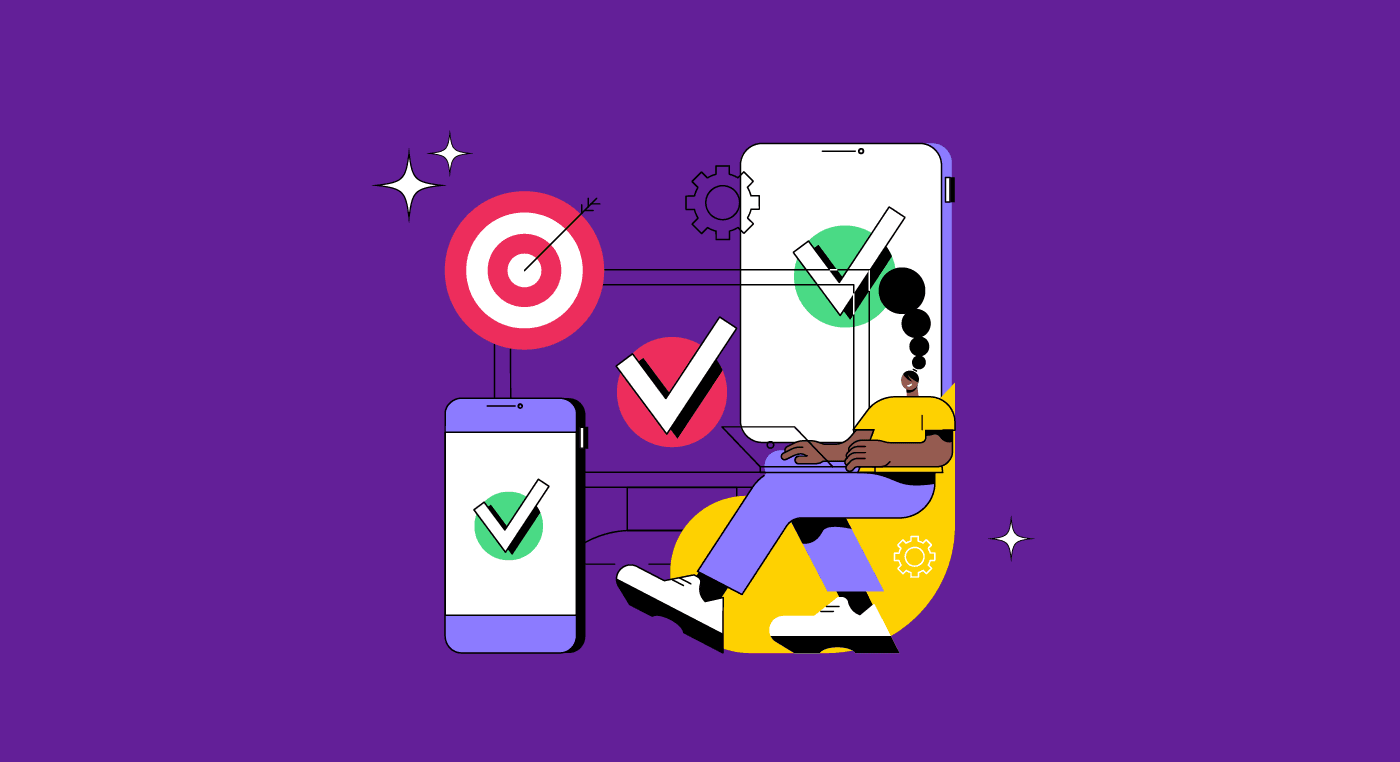We had a great talk with Clém Debaig, who talked to us about the redesign process of the Metropolitan Police Services.
From identifying the real problem to designing digital solutions and involving officers in the development, the project aimed to make processes easier and improve the level of information passed on to the police.
Keep reading to learn more about this inspiring redesign project!
Clém, please introduce yourself
Hi, I am Clém! Clém is the nickname for Clémence. I am French, and I have been living in London for 4 years. I moved here for work and have worked as a Designer for over 10 years.
A bit about my background: I started my career working with sports electronics.
I initially developed small devices for the company, and as we began expanding our products, we moved into creating apps and services. This eventually led us to develop larger digital services.
The project we will talk about today is from when I was working as a Design Consultant. In this role, I worked with products but focused on redesigning services and enhancing User Journeys.
Reading tip: The Dunning-Krueger Effect And Its Impact On Your Career
You worked together with MET. Can you explain to us about their services?
Of course! MET is what we call the Metropolitan Police here in London. It is the police force in the UK that is in charge of the London area – with the exception of the Square Mile.
They are, of course, in charge of ensuring our safety, but they also have a responsibility to ensure everything in the city runs smoothly. Like, for example, checking permits and licenses.
The interesting thing about working with the MET is exactly that. As a designer, I was working with police services that many people are not even aware of, yet these services take up a significant amount of their time.
Being a different project, how did the briefing arrive to you?
It's important to say that the project didn't start with the Redesign of the MET services.
We started with a much smaller project whose purpose was to provide tablets to facilitate the work of the policemen. With the tablets, they could go to a crime scene and do all the paperwork – reports, identifications, tabulations – faster.
The previous process was all analog and took a lot of their time. The idea of the project with the tablets was to facilitate the process so that the cops wouldn't waste time with bureaucracy and could get back to the streets as fast as possible.
For this project, the briefing was very simple: we need to provide tablets!
From that, we started to ask more questions like, Ok, we get the tablet issue. But what are you really trying to do?
By asking the right questions, we were able to identify the root of their problem, which had little to do with developing a tablet application. Rather, it was related to time-consuming bureaucratic processes that needed to be redesigned."
The crucial factor was to question and comprehend their context in order to have a holistic understanding of the situation to unravel the real problem they were facing.
As a result of our approach of asking the right questions, we found out about other problems. We discovered that their entire digital system was outdated.
Finally, with this insight, we raised the following question:
"How can we change and improve MET's relationship with the public?"
Reading tip: Why Is Empathy Essential for UX Design?
Were these two separate projects?
Yes! We began by addressing and resolving the tablet issue, which then paved the way for us to undertake this new project.
Once the tablet project was completed, we handed it over as a pilot to their office for implementation.

Cool! About the second project, how was this process to redesign old services?
We thought, ok! If we need to improve their relationship with citizens, what are their current problems with the public?
To begin to understand the answer to that question, we did a lot of research. We used different types of approaches:
- Focus Group;
- Interview with victims of crime;
- Interview with victims of incidents;
- Talked to people who were in other bureaucratic processes;
- Spoke with all hierarchical levels of the organization;
- We followed the day-to-day and the attendance of the police officers.
This way, we could unravel the root problems that the MET was facing.
The main point of all this research was to identify the key point and the crucial problem and then develop a plan for the next 5 years.
Part of that plan was to understand what kinds of services we needed to deliver to the public. We were talking about creating new things, but also about the Redesign of old processes.
What have you identified with all this research?
One of the points we found in the research was a lack of communication with the public. Because of this weak communication, the relationship with citizens was not as good as it could be.
For example, the victim of a crime made a complaint and opened a case. At that point, she was well supported by the police. But after that, there was a giant gap. She didn't know how her case was developing. So she was neither satisfied nor happy with that process.
There are a number of solutions in digital services that you can think of to help improve this kind of communication problem.

Can you give an example of the police processes before the project?
Most of the processes were on paper forms or over the phone.
For the paper forms, you had to go to the police station to pick them up. After the paper forms were filled out, they were sent to another office via mail.
The process was very slow and required a significant amount of time for people who had to visit the police station physically.. You had to leave work or take a day off to be able to go to the police station.
If it was an urgent matter, you could use the telephone.
But the phone service was also very difficult. One person took the calls and could only talk to one person at a time. So it was very complicated to optimize and redesign this process.
Reading tip: Redesign: Are You Sure About It?
After identifying the problems, what was the approach to solving them?
In the mapping process, we identified several problems. One of the biggest problems was the website.
The purpose was to create a new website that would work as a platform for digital services.
It was a big challenge, as we had to simultaneously focus on developing the platform, creating new digital services, and digitalizing existing ones, all while also considering the internal changes that would impact the organization.
After the first discovery phase, we did a new phase of mini-discovery specifically for websites. The idea was to understand what the first version of the new website should look like. Two steps were planned:
- The initial version was defined and how we would test it without having major impacts;
- We thought about how to develop and deliver this platform progressively.
The beta version was launched with the old website running in parallel. So we started to inform people about the new services and that we were launching one service at a time.
I guess you started with less sensitive services, right?
We first listed all the services. It was already a challenge because they didn't even have a record of those.
So we had to conduct thorough research to compile the list and understand the requirements for each service.
Once we had the list of services, we developed a value matrix.
We decided to start with the services that were least critical from an incident point of view. Starting with these services was also a strategy.
We wanted to show the stakeholders the value of the project that we were doing. That way, we would get more resources and strength to implement the other critical services.
Our first focus was on traffic incidents. We categorized the cases that required opening an incident report with the police and those that did not.
We then created a system that directed individuals to the appropriate form, providing relevant information about the following steps.
It was very challenging because it was not only about designing the interfaces. There was a redesign issue with the process of filling out the forms.
What to do with the forms after they were filled out? We had to think about the whole back-end process and how the operators should work in this new digital format.
All this had to be developed together. We couldn't focus on the front-end without considering the back-end development.

How was this process that you mentioned before the redesign proposal?
Well, imagine that you had an accident. To report the accident, you had to find a police station.
You get in line on a first-come, first-served basis and are given a 20-page form. Maybe you don't have all the necessary information to fill out the form, like license numbers or other documents.
Because of this, you have to go back home to fill it out. Since the questions are confusing, you might skip a few because you are already tired.
So the next day, you return to the police station, and they tell you where to submit the report. You get in line and hand it to the person in charge.
The form is then sent to another office. One person receives it, reviews it, makes notes, and sends it to another person. The new person receives the form and manually enters the information into the system.
In other words, it was an extremely bureaucratic and slow process.
Educating personnel about new digital processes can be challenging. How was this process for you?
It was a challenge because, at the same time that we were doing these implementations, there was a budget cut. So people were afraid of losing their jobs. It was very difficult.
We had to ask leaders for help to ensure our message was clear: we were not implementing redesign efforts to replace personnel. But to improve processes and enhance their work experience.
Something that helped the project a lot was getting the officers to participate in the development. We designed the solutions together with them.
This collaborative approach also made implementation smoother because they participated and understood the objectives of the whole project.
Reading tip: User Interview: Keys To Gather Insightful Information
And what has changed after the implementation?
Let's keep talking about that traffic accident example I mentioned.
Today, 70% of the incidents are reported online!
The whole form-filling process went through our redesign process and was optimized. So the police managed to reduce the loss of time on these bureaucratic issues.
In the case of other processes, we went from 5% of resolved cases to 65% of resolved cases.
In addition, we have improved the quality of investigations, and time is no longer a problem.
The new platform provided the police with enough information to begin investigations without the need to follow up with the requester.
Additionally, with online crime reporting implemented, improved the level of information passed on to the police.
Thanks to this system, an impressive 88% of cases can now be investigated without having officers require additional information from the victim or requester.
Can you tell us how the project is going today? How was the handover process?
For the handover, we trained people and developed supporting documents. We also made it clear what the next steps were.
The idea of the platform was to be something scalable. So we delivered a set of services, but now it's their role to add new services to the platform.
Oh, one nice thing to say is that this platform started with the MET, but now it will be used nationally. Many police forces in the UK will use the same platform.
Reading Tip: Design System: How To Create One
What would you tell yourself about how to become a UX Designer?
I would say that the most important thing in any project is to know exactly what problem you want to solve.
Understand the Big Picture, even if you are a small part of the process.
I would also say that passing credibility to the rest of the team is essential. The best way to gain credibility is to know clearly where you want to go and what you want to achieve.
One last thing I would say is: always stay close to the end user. Run different tests, research a lot, and get feedback from users.
What study tips do you give to people?
This is a very interesting question because my background is not in design. I come from an industrial background.
For studying, I would say to practice with projects. Even if, in some cases, you don't get paid for it. Take a personal project, help a friend, or get a fake project.
Practice is what will teach you what you have to learn.
Speaking of books, Undercover User Experience Design is one that I like. It is a small book but very practical.
I also recommend any book that talks about business and startups. I think designers should have a strategic role and help businesses to be more user-centric.
Final words from Aela
It's amazing how UX Design can change and impact companies.
Clém's project with MET is proof of this. Design is not limited to aesthetics but is also a great way to improve the user experience.








